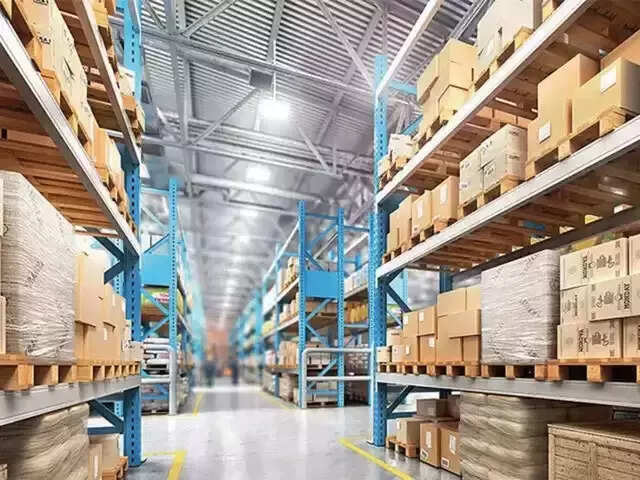
Tier-II cities, are becoming a new hub for warehouse and industrial park with world-class integrated logistics parks backed by institutional funds being developed in addition to new industrial parks backed by the state governments and leasing of contiguous space in investment-grade facilities by multi-national companies.
In 2023, over 5 million sq ft warehousing space was taken by companies in tier II cities like Lucknow, Chandigarh, Nashik, Hosur and Coimbatore, which are emerging as the central industrial corridors, with Indore, Chandigarh, Coimbatore, Lucknow, Nashik and Jaipur airports being equipped with cargo handling units.
Major warehousing occupants, including Amazon, Flipkart, Nestle, and Asian Paints, have established their presence in multiple cities such as Jaipur, Lucknow, Coimbatore, Hosur, Nashik, Vadodara and Indore.
“Improved connectivity and infrastructure, coupled with the surging e-commerce boom, have made tier II and III cities increasingly attractive. The country’s strong consumption story from the non-metro cities, same-day deliveries and deepening internet penetration shaping digital buying decisions have further amplified the growth of warehousing facilities in these markets,” said Anshuman Magazine, Chairman & CEO, India, Southeast Asia, Middle East & Africa, CBRE.
According to a CBRE report, total I&L stock in the 8 tier-II cities stood at about 46 million sq ft with Chandigarh, Jaipur, and Lucknow dominate the I&L.
The total I&L supply recorded in these 8 cities was 13 million sq ft. Top cities dominating supply addition include Chandigarh, Hosur and Jaipur.
Going forward, occupiers are likely to adopt a wide range of strategies to enter and expand in tier-II cities, which would include the development of self-built assets, partnering with developers or investors to construct new assets, pre-leasing space in strategically located high-quality assets and opting for build-to-suit facilities.
“Developers are increasingly eyeing emerging logistics hubs in Tier-II cities, aiming to invest in land banks near new infrastructure projects. Their focus is on building modern warehouses incorporating technology, aiming to attract high-quality leasing through advanced facilities. Last mile facilities such as micro-fulfilment centres and dark stores are also likely to support rapid deliveries in tier-II cities,” said Ram Chandnani , Managing Director, Advisory & Transactions Services, CBRE India.
Several government initiatives at various execution stages are likely to catalyse the growth of I&L investments in tier-II cities. The Production-Linked Incentive (PLI) scheme introduced in 2020 is expected to significantly boost the prospects of India’s manufacturing sector globally, which, in turn, would drive large-scale I&L investments across both tier-I and tier-II cities.

